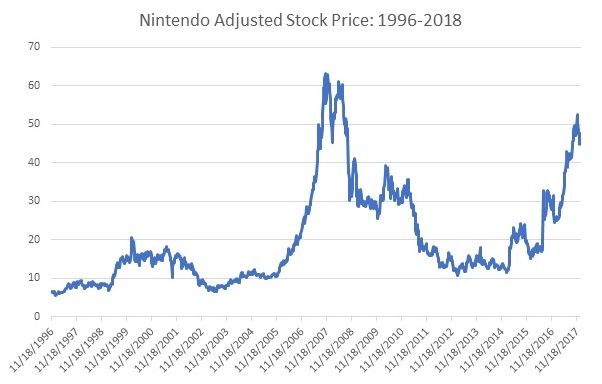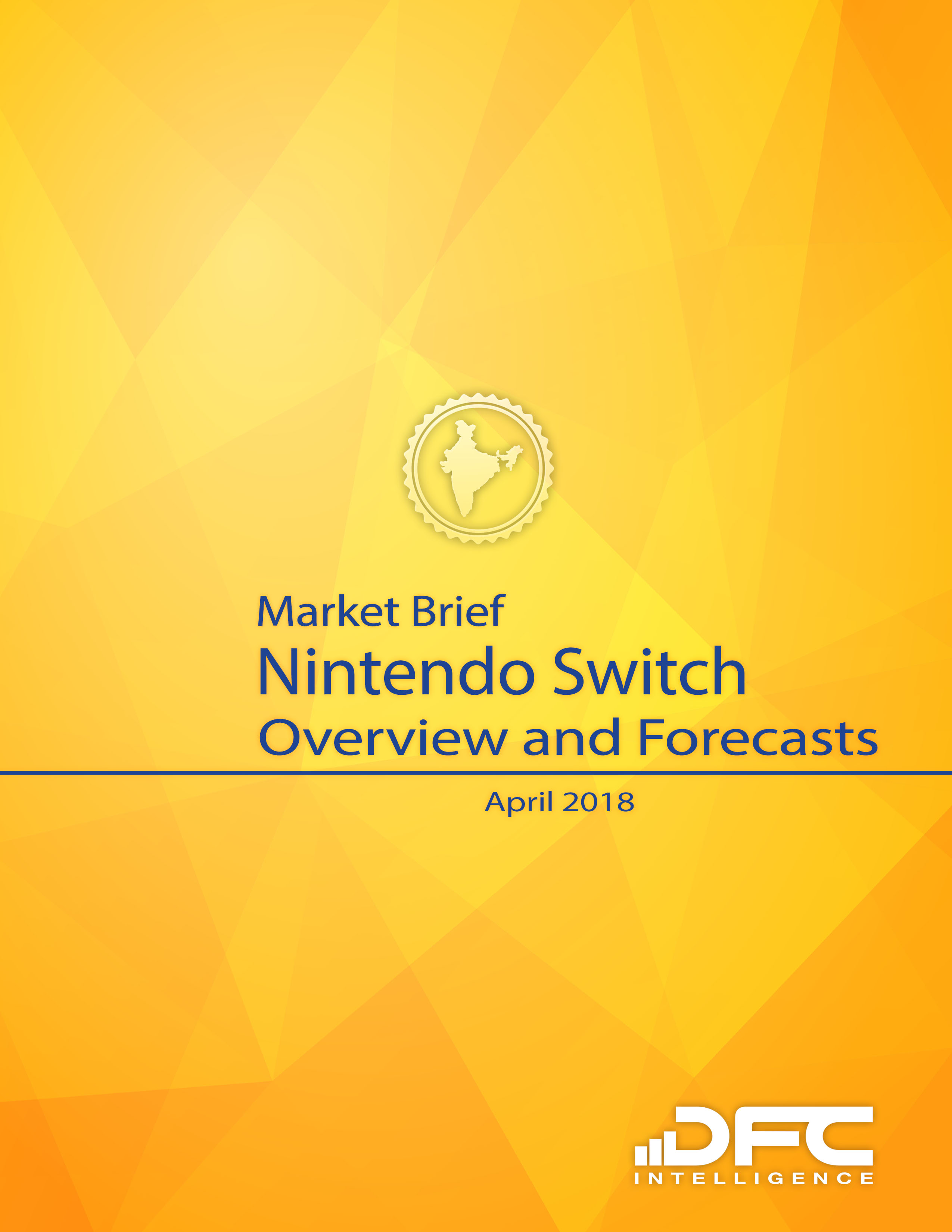The successful launch of the Nintendo Switch in March 2017 took many in the game industry by surprise. Of course, the same reaction happened over a decade before with the launch of the Nintendo Wii. The latest DFC Intelligence brief on the Nintendo Switch forecasts continued success for the system. However, these forecast come with warnings that the Switch is still a fairly modest player in the overall video game landscape. Right now, the rush to develop content for the system is greater than its success warrants.
Nintendo is not a stranger to this type of success. The company was considered down and out in the mid-aughts. Then came the twin success of the portable DS and the Wii console. Investors were ecstatic and Nintendo’s stock price soared. Meanwhile, developers rushed to release product for the Wii.

The enthusiasm lasted about two years before reality set in. The Wii had fabulous sales, but it was primarily a platform for Nintendo products. Furthermore, it highlighted the reality that Nintendo is at its heart a Japanese toy company. The Wii did capture a new audience for a short period of time around its fitness capabilities. However, after that fad wore off, the Wii audience was shrunk to the traditional Nintendo base.
In terms of audience expansion, the Switch is not as ambitious as the Wii. This is a system targeted at the core Nintendo audience. This is a large consumer group, but it is also limited in its purchasing power. DFC Intelligence latest forecasts estimate that the Switch will eventually sell over 70 million units worldwide (by 2022). This puts it on par with fairly successful console systems, but below the 100 million units the Wii sold and behind the PlayStation 4 among current game systems.
The concern we express in our latest brief is that independent developers are being overly optimistic about sales potential for products on the Switch. First, one must consider the demographic of the Switch. This is a system whose core audience is children under the age of 15. Of course, there are older Nintendo fans. In DFC’s recent survey of core U.S. console consumers, we found quite a few already owned the Switch. However, 85% of those consumers also owned either a PS4 or Xbox One. In other words, for older consumers the Switch tends to be seen as a secondary system.
Many of the products being launched for the Switch are relying on digital distribution. Unfortunately, digital distribution on the Switch is somewhat problematic. Our brief goes into great detail on those issues, but, suffice to say, if you have a choice of getting a version of a specific game on the Switch or either the PlayStation 4 or Xbox One most savvy consumers would elect for the latter platforms. The only exception is for consumers that view the portable nature of the Switch as crucial to their enjoyment of a given game.
Larger third-party publishers are wisely taking a cautious view towards publishing for the Switch. Given the tepid reaction to Switch versions of games like Electronic Arts’ FIFA 18 and Take-Two Interactive’s NBA 2K18 this may not change soon. NBA 2K18 in particular bumped up against major issues with the Switch’s limited storage.
Independent developers should consider that while yes, the Switch is a new possible platform for product, it is not a revolution in terms of sales opportunity. Not only are hundreds of products flooding to the Switch, but Nintendo hardware has a history of being a platform for selling Nintendo products. The Switch is no exception.
The big Switch games from Nintendo like Legend of Zelda: Breath of the Wild, Mario Kart 8 Deluxe and Super Mario Odyssey had unprecedented sell-in to the switch installed base. This is great news for Nintendo, but not so much for third parties. The Switch is one of Nintendo’s most expensive systems ever. It costs $300 and that does not include a game. An extra controller will set you pack $70 or so, while an official64 GB SanDisk microSD card is currently at $50 (enough to hold only a few games).
Coming up this month, Nintendo will be launching its Nintendo Labo line. This is of course, likely to have great appeal to Nintendo’s younger demographic. The problem is after those hard-earned allowances are spent on the Labo (starting at $70), not much is left for other products.
In short, the Switch is rightly seen as a great Nintendo product. Some early indie titles like Stardew Valley have enjoyed success on the platform. But this is a case of the early bird gets the worm. The secret is out and reality is setting in. For most indie developers, the Switch will probably act as a replacement for declining sales on the Xbox platform. Meanwhile, the PC and PlayStation 4 will remain the leading platforms for third-party software publishers for the near future.
For more information on this brief go here. For full detail on recent DFC forecasts go here or contact us directly.


